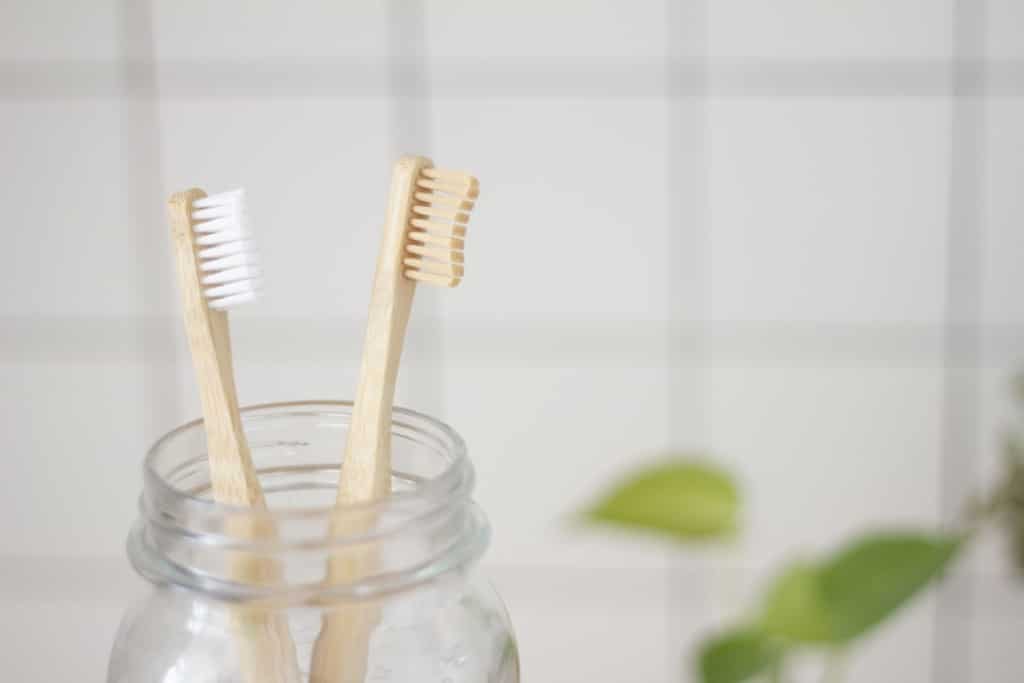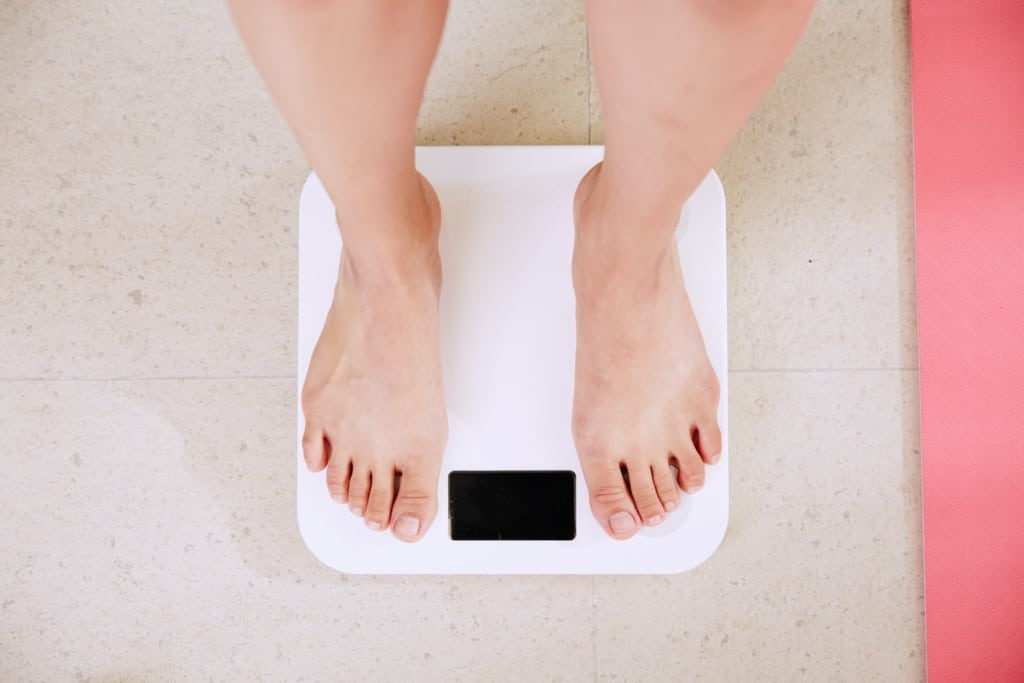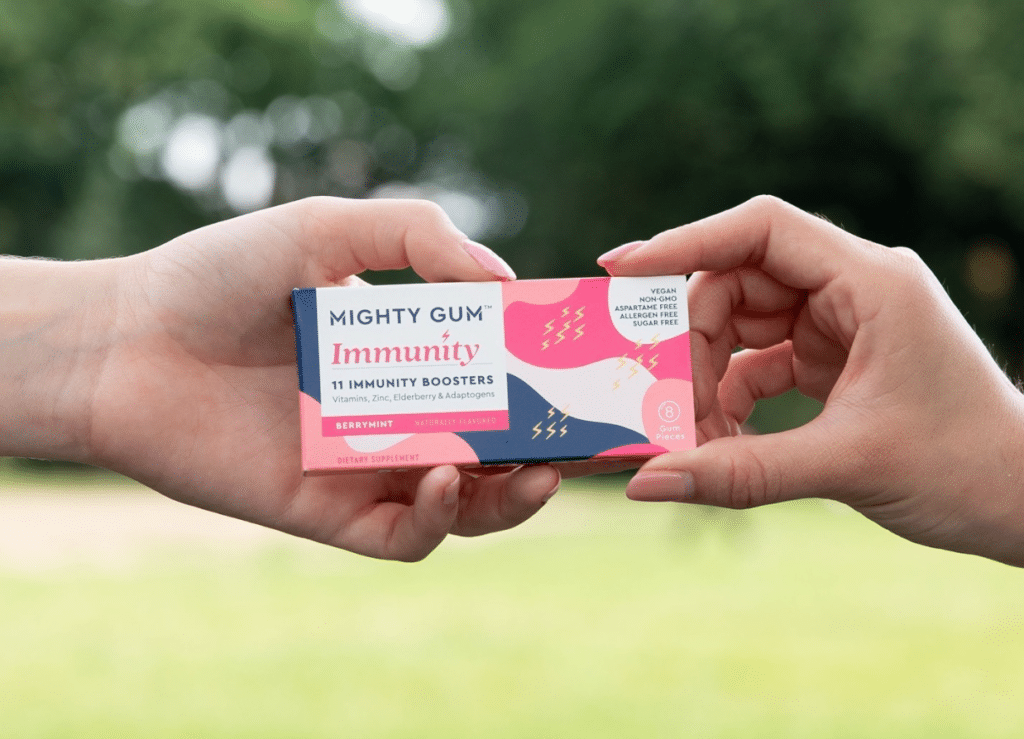The statistics on metabolic dysfunction are staggering: only 12% of Americans meet the criteria for being metabolically healthy, and there are nearly 90 million Americans in the prediabetic range, 70% of which will be diabetic in under a decade[*].
When I was 300 lbs, I felt the effects of metabolic syndrome firsthand. I was exhausted all the time, I had mood swings almost every day, widespread inflammation made it hurt to even walk, and my brain fog was so bad that I couldn’t focus on anything for more than a few minutes at a time.
It was pretty clear that I was in rough shape, but part of what makes metabolic syndrome so scary is that it can sneak up on you. Metabolic syndrome can affect you even if you aren’t overweight and you look outwardly healthy. Roughly 84% of people in the prediabetic range aren’t even aware of it[*]. The symptoms gradually get worse until they become too severe for you to ignore.
Metabolic dysfunction is robbing people of their quality of life and of their loved ones– and the solution is fairly straightforward.
The good news is that you have control over your long-term metabolic health. By turning critical metabolic variables such as sleep, optimal nutrition, and stress into a series of actionable habits and lifestyle choices, you can significantly improve your health, performance, and longevity.
Metabolic Focus #1: Sleep
Sleep plays a bigger role in metabolic health than you might think.
A lot of high performers sacrifice sleep quality in the name of productivity. The average sleep duration has decreased to 6.8 hours per night today from about 9 hours 100 years ago[*]. That’s not a problem if you’re getting lots of deep sleep every night, but many people have poor quality sleep and don’t sleep long enough. That’s a recipe for metabolic dysfunction.
True optimization isn’t possible without sleep. Getting good sleep (in both duration and quality) is one of the most important variables to improve cognitive function, longevity, and overall performance throughout life. It’s especially important for your metabolism.
Your metabolic health starts to decline after only a few nights of poor sleep. In one recent study, healthy young men slept for only four hours, six nights in a row. By the fifth night, the participants showed signs of insulin resistance. Their bodies 40% slower at clearing sugar out of the bloodstream than when the men were well-rested[*]. Less than a week of poor sleep for healthy young men left them prediabetic.
Another study found that people who sleep less than 6.5 hours per night secrete 50% more insulin, putting them at risk for developing long-term insulin resistance[*]. Stable insulin and glucose levels within a healthy range can have a wide range of positive impacts on our wellness: from reducing inflammation, and improving memory, energy levels, immune function, skin health, and more.
Poor sleep and metabolic dysfunction share many of the same underlying mechanisms. By adopting better sleeping habits, you can fortify your metabolic health against life’s stressors.
Research suggests that seven to eight hours of deep, quality sleep is optimal for most people (although there’s a good chance you can get away with less if you hack your sleep).
Metabolic Focus #2: Diet
Everyone responds to food differently, especially when it comes to how food affects glucose levels. For instance, you and your neighbor may have wildly different blood sugar responses to an identical banana, thanks to factors like your gut microbiome composition and body type. You can’t rely on the standardized scale of the glycemic index anymore, given that it is built on statistical averages and neglects the nuances of each individual[*].
Your blood glucose is one of the most precise means to understand how your nutritional decisions impact you.
Frequent spikes in glucose levels can lead to insulin resistance, which puts you at increased risk of metabolic conditions like obesity, prediabetes, and diabetes, as well as many other symptoms[*].
Fortunately, this is something you can test and track with glucose monitoring tools to see how a particular food affects your unique body. A continuous glucose monitor is one of the most valuable tools you can use to track your daily health. It monitors the glucose levels in your bloodstream 24 hours a day, making it possible to take a peek under the metabolic hood and see how food really affects you.
Personal data is the best way to figure out the optimal diet for your unique biology.
Metabolic Focus #3: Stress
Our brains have evolved quite a bit from those of our ancestors, but we still run on the same basic survival mechanisms.
Fight or flight and eating to survive are two mechanisms that haven’t neatly adapted to the abundance and safety of modern life.
Your brain is good at responding to threats, but it has trouble distinguishing between a real, immediate threat — like a tiger attack — and a hypothetical threat, like a pressing work email.
Stress can be valuable when it pushes you to perform better. When you’re chronically stressed without a break, however, you can fall into a negative cycle that devastates your performance. Excessive stress is linked to a range of negative health effects, such as decreased immunity[*] and metabolic dysfunction[*].
When you get stressed, your brain may prompt you to overeat[*] because it’s trying to prepare you for a future situation where food is scarce. This is deeper than just behavioral– chronic stress can lead to an increase in the hunger hormone ghrelin and a decrease in the satiety hormone leptin, causing you to crave energy-packed carbohydrate-dense foods[*].
Stress at work seems to have a strong relationship with metabolic health. Several studies have shown a significant correlation between perceived work-related stress and increased levels of circulating blood glucose[*]. Chronically elevated glucose can contribute to insulin resistance, which can further increase cortisol (your stress hormone). The result is a nasty feedback loop where you lose control over your stress response and your metabolic health gets worse and worse.
So, what can you do about stress?
Outside of lifestyle changes such as removing stressors, meditation, and other stress-reducing activities, you can also use continuous glucose monitoring to track your metabolic response to stress and gain awareness of how certain situations impact you. You can also use your blood glucose data as a personal gatekeeper that prevents you from overeating if your glucose levels are already high.
Final Thoughts
The sheer magnitude of metabolic dysfunction on a national level should be enough for us to make metabolic health a national emergency.
The hopeful thing is that you have tools to track your metabolic health. You can start optimizing your metabolism far before it becomes a problem that takes over your life.
My favorite way to track my metabolic health is with the continuous glucose monitor from Levels Health. They go beyond standard glucose monitoring, giving you actionable real-time biohacking advice that helps you strengthen your metabolism and improve your performance.
Levels is currently running a closed early access program with a public waitlist of over 110,000 people. If you’d like to skip that line and access Levels now, just use this link.
Data is key, especially when it comes to internal processes like metabolism. I highly recommend trying a continuous glucose monitor; you may be surprised by how food affects you, and how much better you feel when you optimize your diet based on your unique blood glucose levels.












